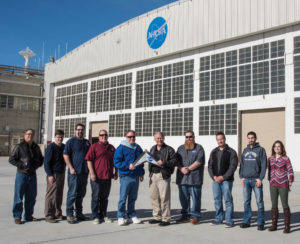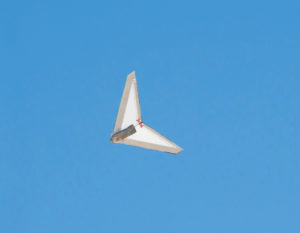
When it comes to predicting hurricanes and other severe weather events, getting accurate, up-to-the-minute details can literally be the difference between life and death. Now NASA is developing a glider that could be a game changer in weather prediction.
The Weather Hazard Alert and Awareness Technology Radiation Radiosonde (WHAATRR) Glider is the brainchild of students and staff at the NASA Armstrong Flight Research Center. They modeled it after the Prandtl-M aircraft, designed to fly in the atmosphere of Mars.
The glider will be able to gather research in remote locations
to improve weather forecast models on Earth and in space. It could save the National Weather Service up to $15 million a year while providing faster and more reliable data. The National Oceanic and Atmospheric Administration also might benefit from the development of the glider, which could be used as an airborne sciences platform. It could also help the airline industry reduce costs incurred from unnecessary airline delays as well as save aircraft and lives.
 To be made of double-ply carbon fiber, the glider is expected to have a wingspan of about three feet. It will include sensors, instrumentation, and flight control software and hardware. One of the first tests will be an air launch from a weather balloon at 20,000 feet. For the ultimate test in the early development phase, it will be dropped from 100,000 feet and remotely piloted to a predetermined destination. For more details, visit www.nasa.gov/armstrong.
To be made of double-ply carbon fiber, the glider is expected to have a wingspan of about three feet. It will include sensors, instrumentation, and flight control software and hardware. One of the first tests will be an air launch from a weather balloon at 20,000 feet. For the ultimate test in the early development phase, it will be dropped from 100,000 feet and remotely piloted to a predetermined destination. For more details, visit www.nasa.gov/armstrong.
 TEXTILES.ORG
TEXTILES.ORG


